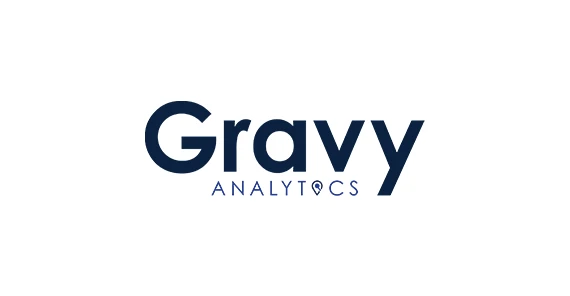How location data analysts spot fraudulent signals and improve accuracy
November 21, 2019

Over the past decade, connected mobile devices have changed everything for consumers and marketers. Consumers now have connectivity and access to thousands of services wherever they go, which means marketers now have access to data on not just where they go, but what they do when they are there — giving them real-life insight into consumers’ intents, interests and habits. However, this location data is only as insightful as it is accurate.
As data collection becomes more sophisticated, so do the ways bad actors can generate faulty data and commit mobile location ad fraud. This comes at a huge cost: inaccurate data directly impacts the bottom line for 88 percent of companies, with the average company losing 12 percent of its revenue.
Of what we see at Gravy Analytics, both bidstream and SDK-sourced location data contain fraudulent and low accuracy information — up to 60 percent of bidstream location data can be problematic. The challenge for location data processors is not only to spot and throw out bad data that would misinform our customers’ marketing and business decisions, but to use these points to improve detection in the future.
Where does fraudulent location data come from?
Understanding how fraudsters work and identifying their handiwork starts with understanding their motives. It shouldn’t be any surprise that it comes down to money. The strongest financial incentives are the higher CPMs for ad inventory that comes with location information to fit target audiences. The size and complexity of the advertising ecosystem, along with the variety of forms that mobile location ad fraud takes, makes fraud challenging to detect and relatively easy to conceal



